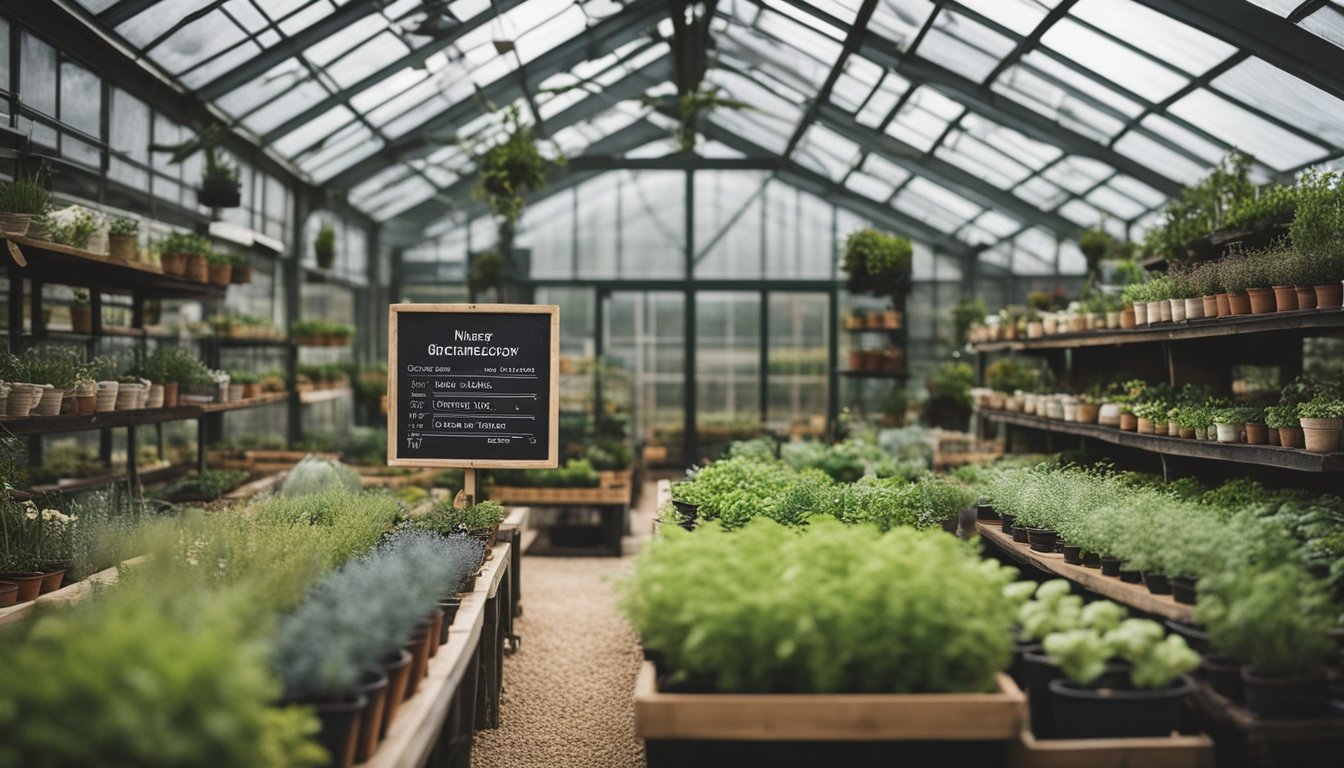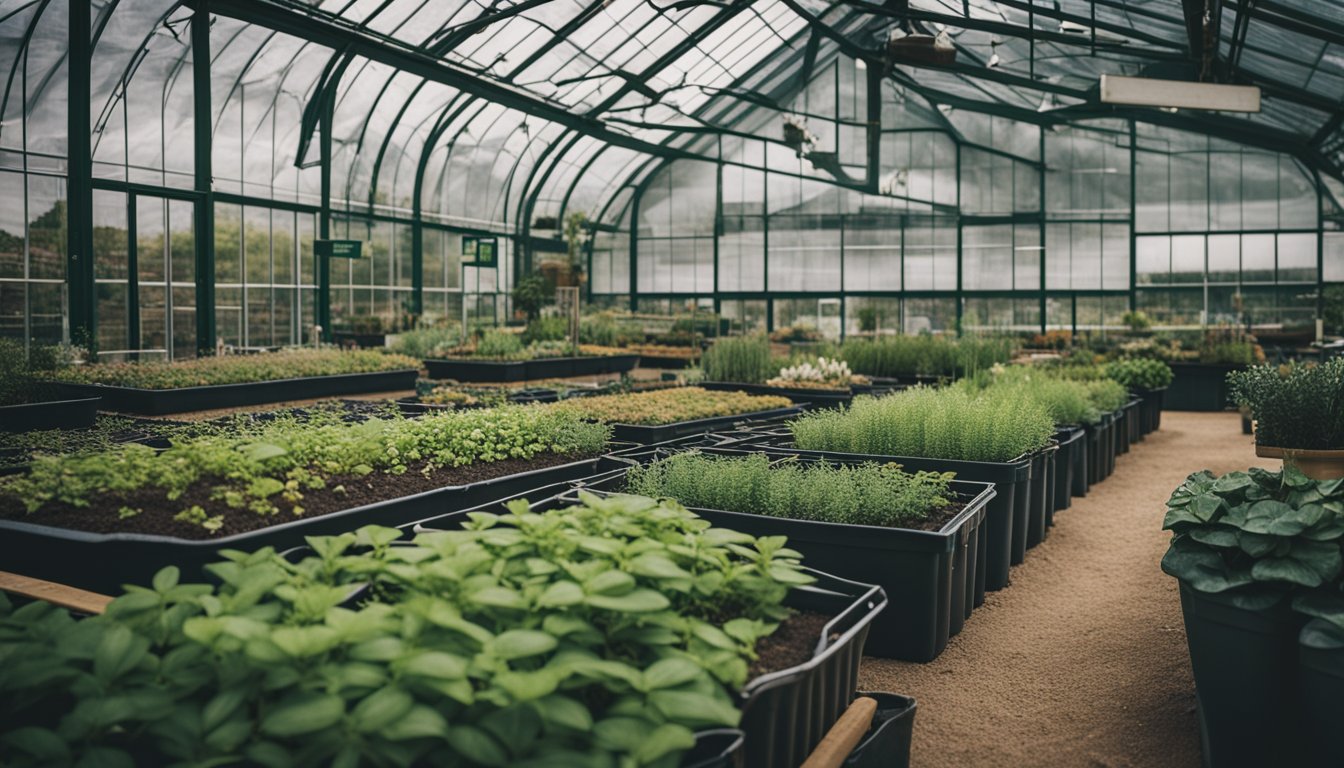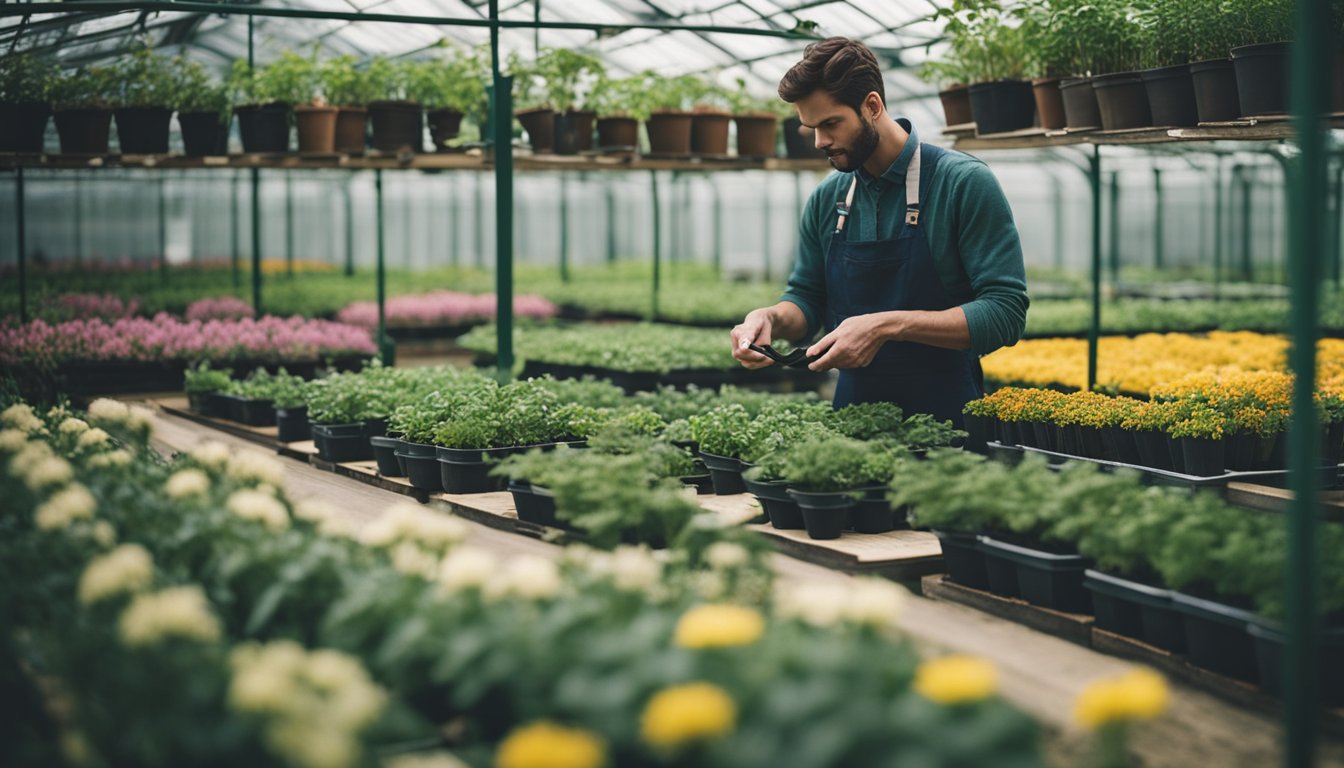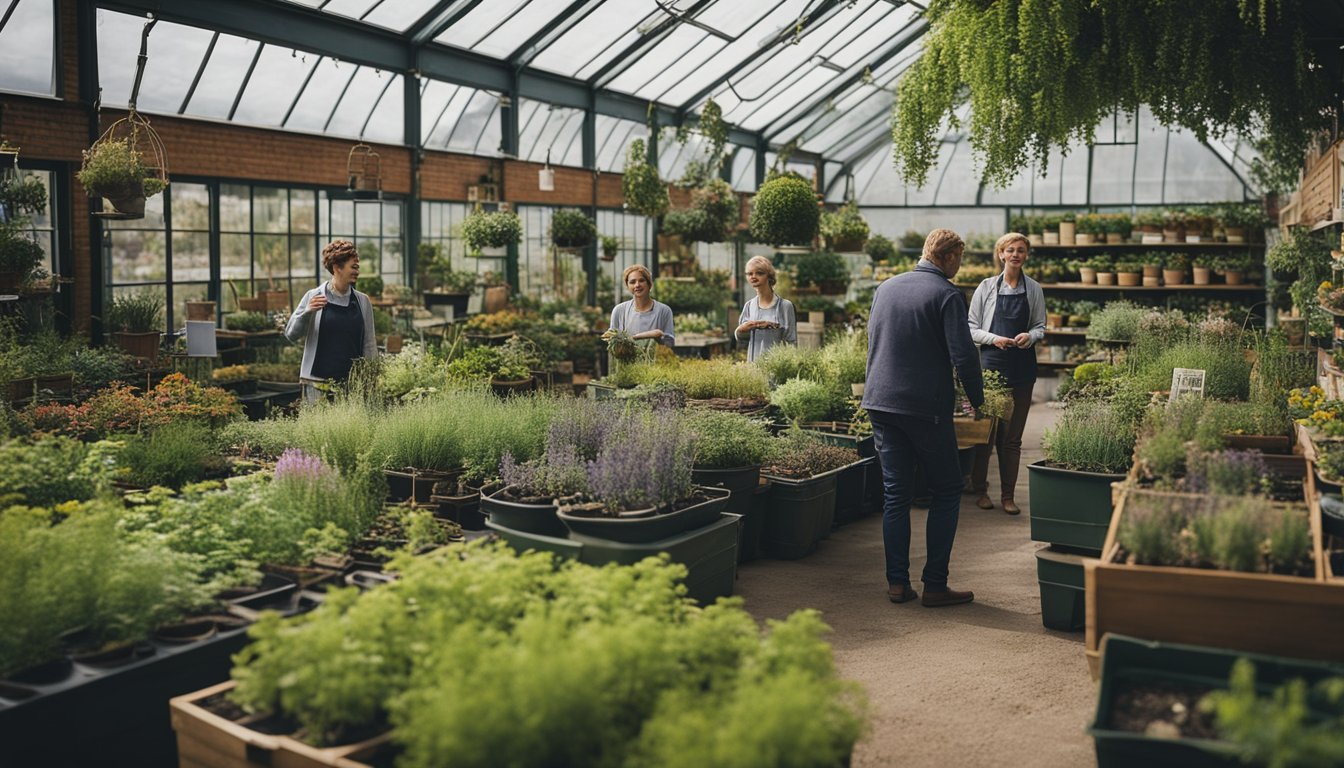Late updated: 25 Sep 2024 09:09
Written by: Emily Thornton
Starting A Small UK Native Plant Nursery: Essential Steps and Tips
Embarking on the journey to start a small UK native plant nursery is more than just setting up a business—it's about fostering a resurgence of native biodiversity and contributing to environmental sustainability. Our endeavour allows us to protect local wildlife and support conservation efforts while engaging with a community of plant enthusiasts. As we navigate the complexities of establishing our nursery, we strategically plan our market positioning, understanding the unique demand for native plant species across the UK.

The UK offers a diverse range of native plants, each suited to specific climates and ecosystems. Cultivating these plants requires careful management and a thorough understanding of the local environment. Our commitment to using sustainable and ecologically friendly methods will not only minimise costs but also build a brand rooted in environmental ethics. There’s a tangible excitement in nurturing these native species and contributing to a greener future.
Key Takeaways
- Starting a native plant nursery supports biodiversity.
- A strategic business plan helps target the UK market.
- Sustainable practices reduce costs and boost eco-credentials.
Planning Your UK Native Plant Nursery

Planning a successful UK native plant nursery involves careful consideration of multiple factors. We need to develop a sound business strategy, understand our local ecosystem, and select the most suitable native species to cultivate.
Developing a Business Strategy
Our business strategy should begin with a comprehensive business plan detailing our vision, target market, and financial projections. Establishing whether we'll operate as a sole proprietorship or another structure is essential. A compelling mission statement can guide our nursery’s goals aligning with sustainable practices.
We need to identify our target market. Urban landscapers, garden designers, and environmentally conscious customers are keen on native flora. Determining this will help tailor our marketing approach. Additionally, initial cost considerations are crucial, ranging from sourcing native seeds to setting up nursery infrastructure.
Understanding Your Ecosystem
A deep understanding of our local ecosystem is vital. We should assess the climate, soil type, and available shade or sun in our area. This analysis helps in creating suitable habitats for the plants.
Recognising regional climates and their effects on biodiversity is crucial. For example, a warm, moist climate may favour certain native species, such as sunflowers, while cooler regions may support oak trees better. By incorporating this knowledge, we can ensure our nursery supports the local ecosystem effectively.
Selecting Suitable Native Species
Selecting native species involves choosing plants that thrive naturally in our area. We should focus on species offering environmental benefits like genetic diversity and sustainable landscaping. Container plants are an option if space is limited.
Native species like oak trees can enhance habitat diversity, while smaller native flowers such as sunflowers add visual appeal and support pollinators. Careful selection ensures the nursery not only sustains but enhances local biodiversity. Our choices should harmonise with existing native flora, supporting the ecosystem and encouraging a thriving biodiversity.
Cultivation and Management

Cultivating native plants in the UK involves mastering propagation, setting up a strategic nursery layout, and ensuring plant health. We must also engage with our community to foster education and awareness.
Propagation and Germination Techniques
Propagation of native plants can be achieved through both seed propagation and tissue culture. Using locally sourced seeds helps maintain the genetic diversity unique to a region. Once collected, seeds may require stratification, simulating cold conditions to break dormancy and encourage germination.
Tissue culture offers advantages for rare or slow-growing species, enabling healthy clones with minimal resource use. Monitoring germination rates lets us identify the most suitable methods and conditions for various species, optimising our nursery’s output.
Establishing a Conducive Nursery Layout
Designing the nursery space effectively supports both plant growth and water conservation. Implementing a layout where plants are grouped by water needs helps us reduce resource wastage. Elevated nursery beds improve drainage and access.
Incorporating sustainable practices, such as rainwater harvesting systems, bolsters our water conservation efforts. Areas dedicated to wildlife-friendly plants create an inviting space for pollinators and beneficial insects, contributing to our garden's ecological balance.
Protecting Plant Health
Maintaining plant health is paramount to successful cultivation. Pest and disease management combines organic methods like companion planting with focused monitoring. Beneficial insects, such as ladybirds and lacewings, serve as natural pest control allies.
Integrated pest management (IPM) approaches minima*lise chemical usage, safeguarding both plants and the environment. Regular inspection and sanitation practices within the nursery help us prevent disease outbreaks and keep our plant stock robust.
Community and Education
Community engagement elevates our nursery’s role beyond plant cultivation. Hosting educational workshops and events helps disseminate gardening tips and techniques. These sessions not only inspire home gardeners but also encourage collaboration in restoration projects and urban gardens.
By fostering a strong network among local gardening enthusiasts and professionals, we build a knowledgeable base that supports and promotes native plants in diverse garden designs. Our efforts extend to school visits and resources sharing, enhancing public understanding of ecological gardening practices.
Frequently Asked Questions

Starting a small UK native plant nursery involves understanding financial needs, equipment procurement, and strategic planning. Let us explore key questions that shed light on these aspects, ensuring you have the necessary information to succeed.
What initial investment is required to start a small plant nursery in the UK?
The initial investment can range widely depending on the scale. A small home-based nursery might require a few hundred pounds, while a larger setup could need several thousand. Costs include property, seeds, soil, containers, and marketing materials.
What essential equipment is needed for operating a small plant nursery?
Basic equipment includes pots, trays, soil mixes, and watering systems. A polytunnel or greenhouse may be necessary for year-round growing. Additionally, tools like pruning shears and fertilisers are crucial for maintaining plant health.
How can one start a plant nursery business at home in the UK?
Starting at home involves utilising available space for growing native plants. You can begin with a backyard or garden area, gradually expanding as demand grows. It's essential to comply with local regulations and obtain any necessary permits.
What are some innovative ideas for a small-scale plant nursery?
Innovative ideas might include themed gardens, such as pollinator-friendly or drought-tolerant plant collections. Offering workshops or hosting community events can also attract customers and establish a loyal client base.
What are the key components of a successful plant nursery business plan?
A successful plan includes a detailed market analysis, financial projections, and marketing strategies. Understanding your target market and competition is fundamental. Also, a clear operational plan outlining daily tasks and long-term goals is critical.
What are the profit margins in running a small plant nursery in the UK?
Profit margins can differ significantly based on factors like scale, plant types, and market conditions. Generally, small nurseries can expect margins between 20% and 40%, but these figures depend heavily on efficient management and cost control.
